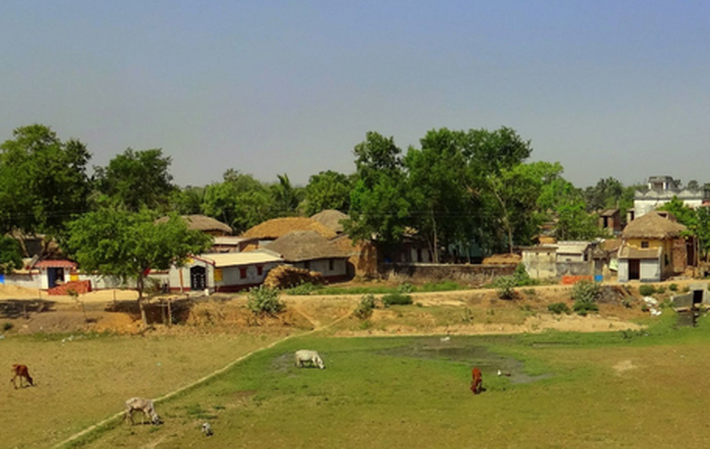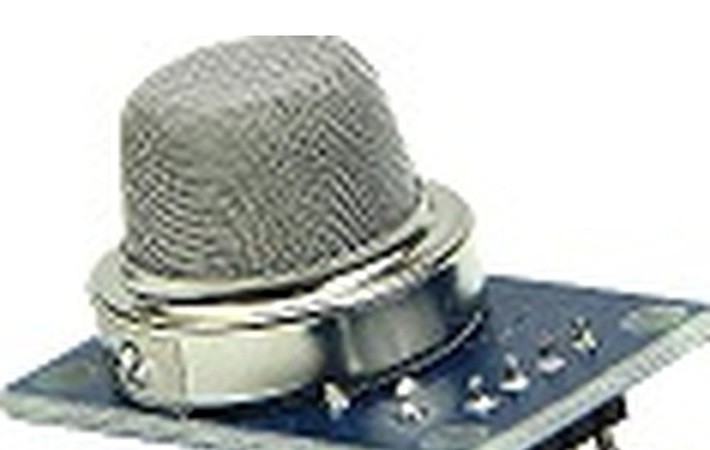
Published on 12/27/2016 | Use Cases
Internet of Things is creating lot of buzz all over the world with companies and researchers predicting billions of devices to be connected by 2020. IoT is practically creating the next revolution in the world of Internet, and India is also taking part by initiating programs like Digital India, Smart Cities Mission (100 smart cities in India), etc. While focusing on cities is important for India to grow, prosper and create end to end service ecosystem for the citizens, I think we also need to focus on challenges faced by Indian villages. A smart village concept need to designed with focus on solving grassroot problems faced by villagers.
As per 2011 census ~70% population of India still lives in villages. And the problems faced by these villagers goes unnoticed as the technology solutions are designed with cities in the context. One of my friend wrote this article on "The Rural Problem Statements" listing many of these challenges. I will here try to propose some IoT based solutions for these problem statements. I am assuming here that village has some form of internet connectivity (leased line, cellular or Wi-Fi) as it is pre-requisite to make IoT solution viable and workable.
I will classify my solutions in 4 categories -- Home | Food | People | Conservation
Gas Leakage
A very common problem in Indian villages and as cities. Usage of LPG cylinders is not one of safest way of burning fuel to make food, Pune city alone have 10 registered cases of LPG leaks per month and the situation is even worse in our villages. A solution for this problem is to use a gas sensor plugged onto a micro-controller board like Arduino with some logic built to alert the home owner of leaks through an SMS, smart phone app or trigger a manual alarm. Example below is Veerobot gas sensor solution sold on Amazon India for Rs. 159. Below I will touch upon an integrated smart hut solution for villages.

Hazards
Villages face the challenge of loss of lives due to lack of proper infrastructure and connectivity to near by major hospitals during emergencies. In case of fire or water hazard, people realize the danger when it is too late, hence smoke sensors should come handy to alert in case of fire. Moisture sensors will play a key role to monitor the life of brick walls and warn the owner ahead of time if the wall has become too weak to withstand its load.
Intrusion Detection
A connected door alarm can be easily built using NodeMCU ESP8266 with a magnetic strip and will come handy for keeping the homes safe from intrusion while the owner/family is away. This is even more important in villages as they are mostly single family homes with no guard or perimeter of safety around it. This solution can be extended to windows as well. We recently organized a full day workshop as part of IOT NCR to build this solution in 6 hours and very economically. You can download full source code and presentation deck through here
FOOD
Storage
Landlords, traders and common population in villages, store their food for long duration in large containers, sacks, drums or bags, at homes or in warehouses. One common problem is infestation due to insects, damage due to temperature or moisture and attack by rodents. One of simple solution is to check for moisture using a moisture sensor that can measure and alert when the threshold is breached. KFRI is researching on building integrated food quality control during transportation and storage by monitoring the temperature. Likewise we can design a solution to check if a particular sack or container or bag is damaged or leaking and inform the owner before the damage spreads.
Precision Farming
IoT in agriculture has become one of the fastest growing fields. Today, farmers, ranchers, and conservationists need a method to more effectively utilize and conserve resources. The most effective way to do this is through actionable data, and utilizing M2M communication makes the ongoing collection of that data simple and affordable.
Sensors designed to monitor moisture, soil quality, fertilizers level, climate control, weather forewarning, optimized warehousing and planned storage can lead to direct benefit for the farmers and land owners. A solution designed to optimize the usage of water during irrigation, monitor and control consumption of fuel in the tractor, sensors that connected to cows, sheep, hens and other animals to monitor and report any contagious diseases, real time reporting of crucial farming data can help in fine tuning the timing of harvesting.
Future farms in developed countries may look like below but I feel like our direct benefit transfer scheme if Government design a direct technology transfer scheme to village where the solutions are customize for the need then it can create win-win situations for both the entrepreneurs/solution builders in the cities and the farmers in the villages.
Few other solutions are soil moisture and nutrients sensors, which are common these days. Controlling water usage for optimal plant growth and determining custom fertilizer profiles based on soil chemistry.
IoT has led to the development of a series of apps that would help in smart agriculture:
Compost – Helps in controlling the humidity and temperature levels of hay, straw, alfalfa, etc. Green Houses – Helps in increasing the production and quality of fruits and vegetables by controlling micro-climate conditions. Meteorological Station Network – A useful tool that would forecast rain, snow, drought conditions, wind changes and ice formation. Claas Equipment – Farmers can automate this equipment and get information on how to minimize grain loss, improve crop flow, perform fertilization planning, adjust nutrient balance and more.
Livestock Monitoring
Livestock monitoring is all about animal husbandry and cost savings. Using combination of sensors and wireless IoT applications once can track the health, well-being, and location of their cattle. This data helps identify sick animals so they can be pulled from the herd, thus preventing a larger number of sick cattle. and also locate the animal can lower labor costs. Symphony Link is one possible solution.
Another solution is wireless retrofitted bolus in the cow’s stomach, which can communicate via Bluetooth to an ear-tag.
Crop Water Management
Proper water management can boost crop productivity. This is a major move and a boon for farmers because of the impending doom of water scarcity. Water will never be wasted and farmers will be able to open and close water gates in an effective manner through the apps in their smartphones. With the sensors attached on the water sluice gates, farmers will be able to do a trend comparison analysis. Through this, farmers can calculate the amount of rain received in the current year and decide on the minimum level of irrigation required for the crops.
PEOPLE
Track-n-Trace
There are many tracking devices and wearable (cheap) created these days to track your child, elderly and loved ones and be informed about their safety and whereabouts. There are plethora of solutions coming up in the field of personal safety and similar devices can be used to leverage delivery trucks.
Health
I don't know the feasibility of deploying this solution in rural towns but this company YoLo health is trying solutions in villages. This is a Health ATM that allows you to become proactive about your health and check your key parameters such as blood count, BMI, etc. cheaply quickly.
Water Tank Automation
Simple solution using hardware and software can be built to monitor the timing of water inflow and accordingly running water pump. Pump will be auto turned off when the tank is full there by saving water flow from overflow.
Electrical Appliances
Lots of IoT-based solutions have crowded the market that allows you to auto control and remotely control appliances in your home such as light, fan, geysers, air conditions, etc. One of the need of villages is sufficient electricity and if an affordable solution can be built coupled with machine learning that allows the village owner to use these appliances efficiently. This video shows you simple app to control light and fan.
I will conclude saying that Indian villages brings lot of challenges in front of us and hence brings load of opportunities for makers, developers, designers, solution builders and marketers to address this need.
I call your comments, suggestions and inputs on creating more ideas and solutions for smart villages.
#IoT, #Smart Cities, #Smart Villages, #M2M, #Internet of Things